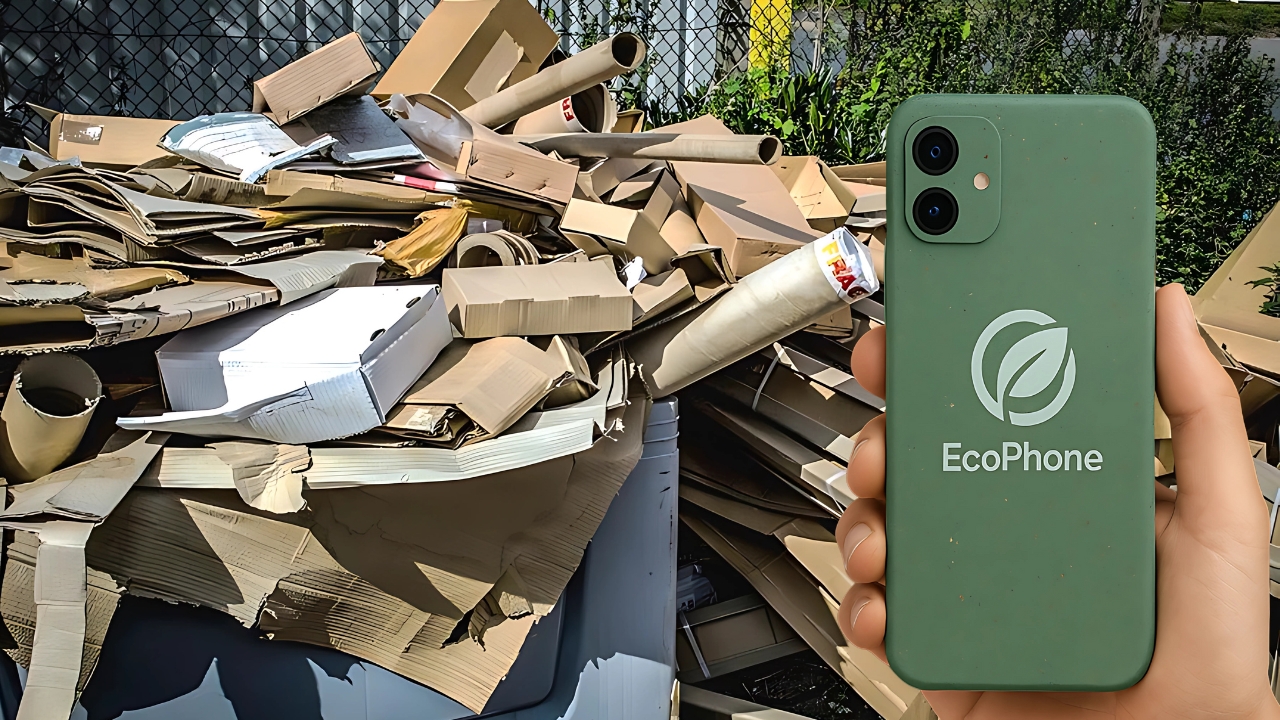Zero E-Waste : You’ve probably heard the shocking statistic: over 5 billion phones are expected to become e-waste this year. That’s a staggering number when you think about it. But what if I told you there’s a phone that promises to completely eliminate its contribution to this growing mountain of electronic waste?
The concept sounds almost too good to be true in our throwaway culture. Yet here we are, six months into testing what manufacturers boldly call “e-waste neutral” technology, and the results might surprise you.
Understanding the Bold Promise
When a phone company claims “zero e-waste,” they’re making a commitment that goes far beyond typical recycling programs. E-waste neutral means that for every phone they make, they responsibly collect and recycle an equivalent amount of electronic waste. Think of it as a one-to-one trade: your new device enters the world while an equal amount of old electronics gets properly processed instead of rotting in landfills.
This isn’t just marketing speak. Companies achieving this status, like Fairphone with their latest model, actually weigh their devices and match that exact weight in collected waste. A single Fairphone 5 weighs 212 grams, so for every unit manufactured, they collect and recycle 212 grams of electronic waste.
But here’s where it gets really interesting: much of this collected waste comes from countries where proper e-waste recycling simply doesn’t exist yet. This means these phones aren’t just preventing additional waste—they’re actively cleaning up existing problems.
The Real-World Performance Test
After six months of daily use, several key questions emerge about these sustainable devices. Can they actually deliver on performance while maintaining their environmental promises? The answer isn’t straightforward.
The modular design that makes these phones environmentally friendly also affects user experience. Instead of sleek, impossible-to-repair devices we’ve grown accustomed to, sustainable phones prioritize repairability over aesthetics. Nothing in these devices is glued shut, allowing users to swap parts in minutes and extend device lifespan significantly.
This philosophy extends to software support too. While most manufacturers abandon their devices after two or three years, sustainable phone makers commit to much longer support cycles. Some models come with eight years of software support and five-year warranties, treating phones as long-term investments rather than disposable gadgets.
Breaking Down the Numbers
The financial math becomes compelling when you consider total cost of ownership. That initial $650-700 investment seems steep compared to budget alternatives, but the extended warranty and modular design change the equation entirely.
Traditional smartphones cost users much more over time when you factor in premature replacements, expensive repairs, and planned obsolescence. Americans change their cell phones every 18.2 months on average, making us among the fastest upgraders globally.
With sustainable phones, screen repairs, battery replacements, and camera upgrades become user-serviceable tasks rather than expensive trips to repair shops. This accessibility to repairs addresses one of the biggest frustrations in modern technology: the feeling that devices are designed to break just outside warranty periods.
The Hidden Environmental Impact
Beyond the headline-grabbing e-waste neutral claims lies a more complex environmental story. These phones source materials differently, often using Fairtrade-certified gold and recycled plastics while ensuring fair working conditions throughout the supply chain.
The manufacturing process itself generates less waste. Some models avoid any landfill manufacturing, meaning zero waste from the assembly process ends up in landfills. Compare this to traditional manufacturing where significant material waste is simply considered a cost of doing business.
The packaging tells another story entirely. While premium phones often come in elaborate boxes with multiple plastic components, sustainable manufacturers use 99 percent recyclable packaging materials and minimal plastic wrapping.
Daily Living with Sustainable Technology
The practical experience reveals both advantages and compromises. These phones aren’t trying to be the thinnest or lightest—they’re built for durability and longevity. Military-grade drop tests and weatherproofing mean they handle daily abuse better than many flagship devices.
Camera quality, processing power, and display technology lag slightly behind cutting-edge alternatives, but they’re perfectly adequate for most users. The question becomes whether you value having the absolute latest features or prefer a device that’ll serve you reliably for many years.
Battery life deserves special mention. User-replaceable batteries mean that degraded performance after two years becomes a five-minute fix rather than a phone replacement trigger. This single feature addresses one of the primary reasons people abandon otherwise functional devices.
The Broader Movement
This isn’t just about one phone or even one company. Refurbished phones effectively combat e-waste while offering cost-effective alternatives to new devices, and the secondary market for sustainable devices continues growing.
Major manufacturers are taking notice. Samsung has increased use of recycled ocean plastics, aluminum, and glass in their devices, while Apple commits to carbon neutrality across all products by 2030. The influence of truly sustainable phone makers is pushing the entire industry toward better practices.
Even accessory markets are responding. Phone cases made from compostable materials now generate 30% less carbon emissions and use 34% less water than traditional alternatives.
What Six Months Really Teaches Us
The honest truth about zero e-waste phones is that they require a mindset shift. They’re not perfect, and they’re not trying to be. Instead, they represent a fundamentally different approach to technology consumption.
Performance has been entirely adequate for daily tasks, and knowing that your device actively removes waste from the environment creates an unexpected satisfaction. The modular design initially feels foreign but becomes empowering once you realize you’re no longer hostage to manufacturer repair policies.
The real test isn’t whether these phones can compete with flagship devices on raw specifications. It’s whether they can demonstrate that sustainable technology doesn’t require sacrifice of functionality—and after six months, that answer is increasingly clear.
These devices prove that the phone industry’s race toward planned obsolescence isn’t inevitable. When manufacturers design for longevity instead of replacement cycles, both consumers and the environment benefit.
ALSO READ: OnePlus 13: Turbo-Charged with 100W SuperVooc and Elite Snapdragon Prowess
